By Ma Yao
BEIJING, Feb. 27 (ChinaMil) -- China's share of global arms exports rose from 3.8 percent to 6.2 percent from 2012 to 2016 as the country became the third-largest weapon supplier in the world after the U.S. and Russia, according to the latest data released by the Stockholm International Peace Research Institute (SIPRI).
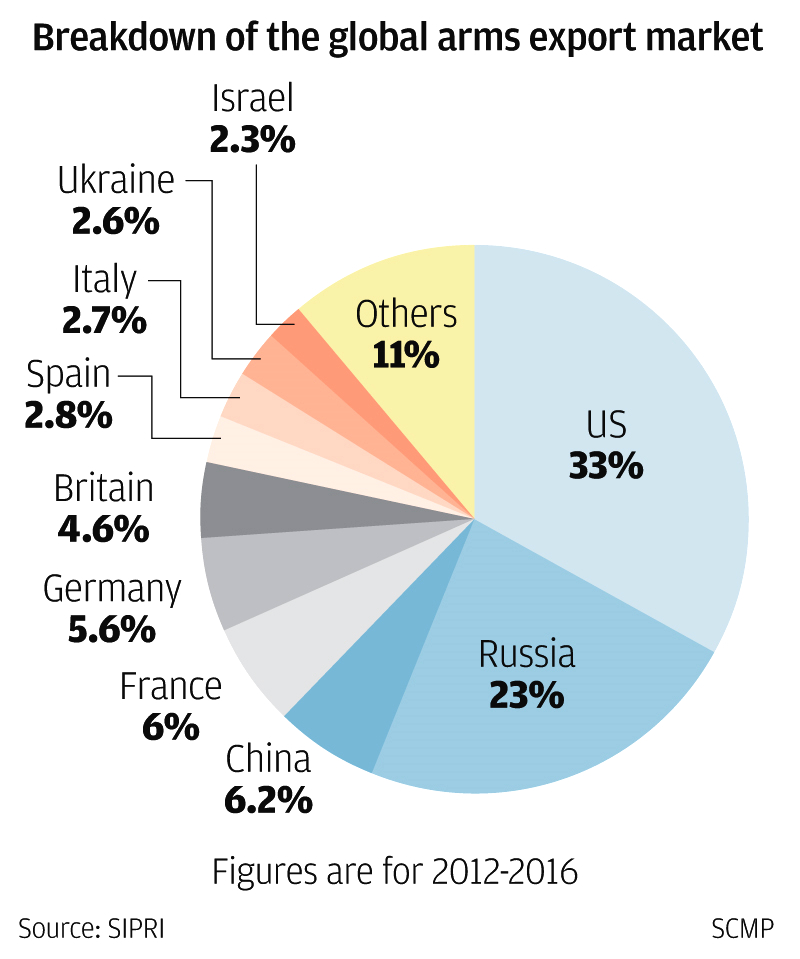
The report on the global arms export market by SIPRI is based on public reports from 2012 to 2016. However, it is believed that China actually exported more weapons because only some of the data were published.
The following are the main reasons behind China's transformation from an arms import country to the third-largest supplier of weapons.
First, the improved and developed industrial system provides strong material basis for weapons export.
China has the most complete industrial system in the world, covering almost all areas. In contrast, many highly developed countries are now only engaged in several specialized areas because they cannot afford to have a complete industrial system.
According to the UN standards of manufacturing, China does everything from producing nails to manufacturing lunar rovers.
China has the world's best thermal power plant (supercritical unit), hydropower station (largest stand-alone capacity), nuclear power plant (third and fourth generation nuclear power plants), power grids (UHV power grids) and one of its best refineries (Sinopec Zhenhai Refining & Chemical Company).
China also has the world's best coal-to-liquids plant, the best oil extraction technology, the largest forging press, the best large casting technology, the largest load-bearing computer numerical control (CNC) machine and the first intelligent CNC machine.
China's land-based machinery, marine engineering machinery and shipbuilding industry are also on the world's top tier. China's 5G communications technology standards have been accepted globally. China has two of the world's top five telecommunications equipment manufacturers.
China's biomedicine industry is also rapidly developing. The research and development of the country’s high-end general-purpose chips, basic software, core electronics and large integrated circuit equipment are set for major breakthroughs.
China's industrial technology has continuously improved since China became the largest industrialized country in the world in 2010 and now provides a solid material foundation for the export of military products.
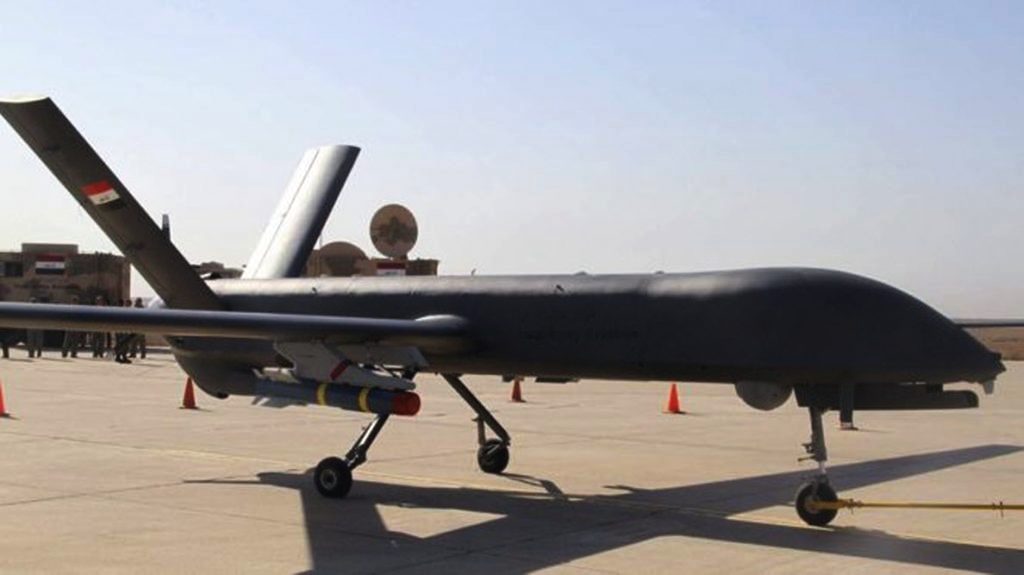
Second, China provides customers with a wide range of options.
As of 2017, China had a total of 11 major military-industrial groups including China National Nuclear Corporation (CNNC), China Nuclear E&C Group (CNECC), China Aerospace Science and Technology Corporation(CASC), China Aerospace Science and Industry Corporation (CASIC), Aviation Industry Corporation of China (AVIC), Aero Engine Corporation of China (AECC), China State Shipbuilding Corporation (CSSC), China Shipbuilding Industry Corporation (CSIC), China North Industries Group Corporation (CNIGC), China South Industries Group Corporation(CSGC) and China Electronics Technology Group Corporation (CETGC).
The strong R&D and production capabilities of those groups can provide land, sea and air equipment systems including fighter jets, bombers, transport aircraft, early warning aircraft, helicopters, main battle tanks, self-propelled artillery, firearms, frigates, submarines, supply ships and anti-ship missiles.
China's customers are free to select a wide variety of combinations according to their own needs. A major feature of modern warfare is system confrontation. Weaponry of the same source can reduce logistical workload and vulnerability, and more importantly, enables rapid formation of system combat effectiveness, which is a vital performance metric for customers.
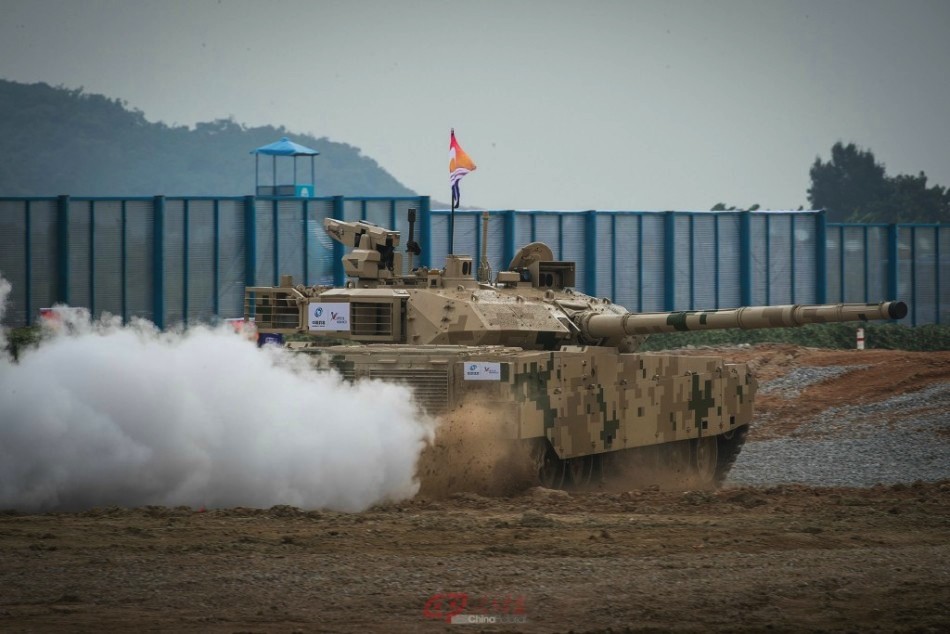
Third, advanced concept design has made China's arms more popular.
Since the Gulf War, the technological form of warfare has become more and more information-based. Those with leading war concepts will have the initiative in war. China has made remarkable achievements in applying advanced war concepts to the weapons and equipment available for export. China's CH-4 integrated surveillance drone is a great example.
The CH-4B drone used by the 100th Squadron of the Iraqi Air Force hit a target at Ramadi for the first time, foreign media reported in April 2016. The CH-4B drone fired a HJ-10 missile and destroyed an ISIS vehicle in the western part of Ramadi, according to foreign media.
With advanced sensor communication and aviation technologies, China's CH-4 is capable of conducting accurate strikes against fixed targets and moving targets from a long range. This fully reflects the trend of future wars and is why the CH-4 is favored by developing countries.
There are reports claiming that China has substantially expanded its presence in markets in the Middle East, Africa and Southeast Asia, and its share of the Latin American market has also been increasing. This growth is largely related to the excellent cost performance of Chinese military products.
Fourth, flexible payment methods make business easier.
The arms industry itself is highly monopolized. Moreover, because of its strategic political significance, the monopoly has been highly protected by various governments and has become a tool of dominance.
In today’s market economy, countries that have no capacity for research and development (R&D) of arms can only import weapons at a high price from a small number of exporters. Buying these arms often requires hard currency -- the US dollar.
Among big arms exporters, China has the most flexible payment terms.
In the arms trade between China and Venezuela, for example, China exported a tank fire control system, ground-based air-defense radar system, transport aircraft, amphibious infantry fighting vehicles and large surface ships. China agreed that Venezuela can use oil for partial payment due to its economic dilemma.
In addition, China's exports of armored vehicles to Thailand are financed with dried foodstuffs. The Chinese FD-2000 long-range air defense missile systems exported to Uzbekistan and Turkmenistan are exchanged for natural gas.
It can be said that these flexible payment method have won many customers for China's arms exports.
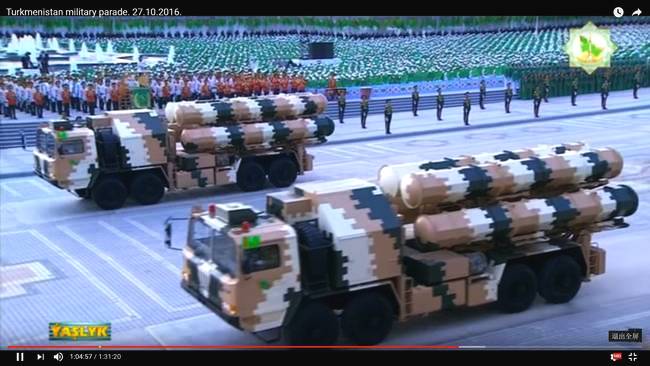
Fifth, China does not set sales barriers for political reasons.
Everyone thinks of the US when talking about political barriers.
As a reputable seller, China never acts in an unsustainable manner in the international arms market. China never makes political excuses and always delivers according to the contract. The good reputation has increased China's arms export year by year.
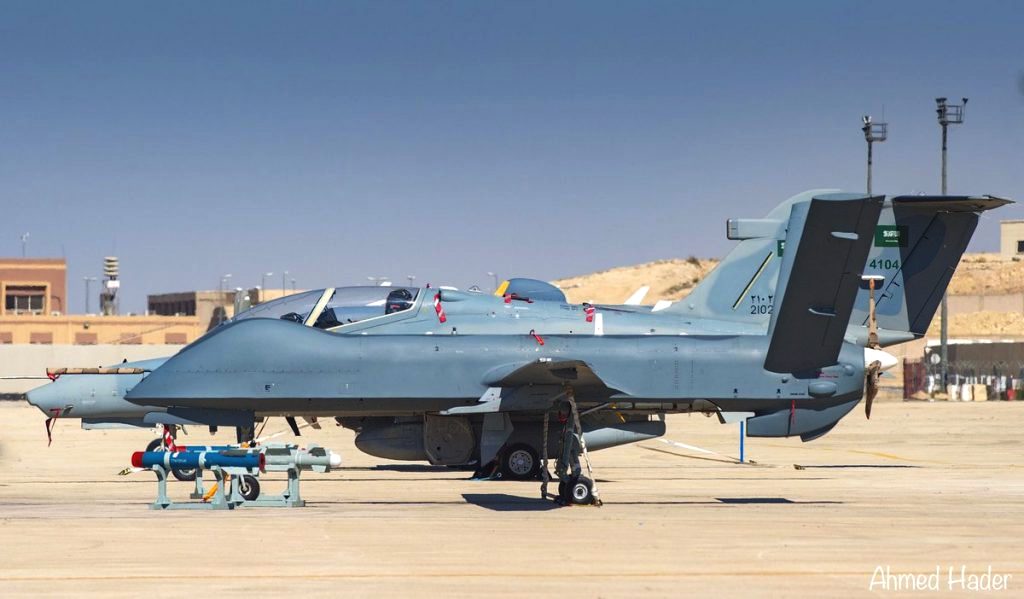
More cost-effective weapons and equipment made in China will be seen in countries around the world with the continuous growth of China's industrial capacity and civil-military integration.
It can also be expected that as engine technology continues to improve, China's share in the world's arms market will rise further.

